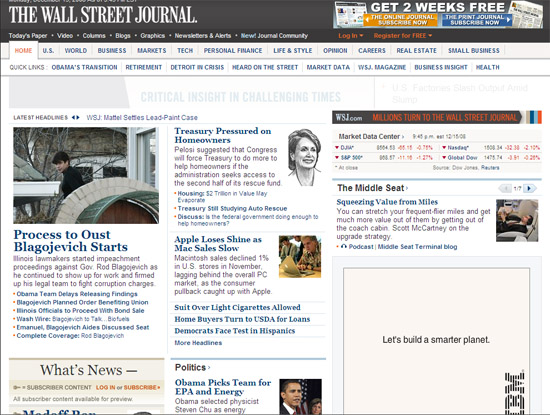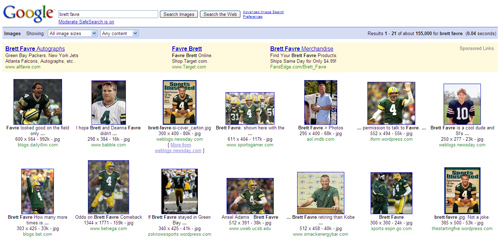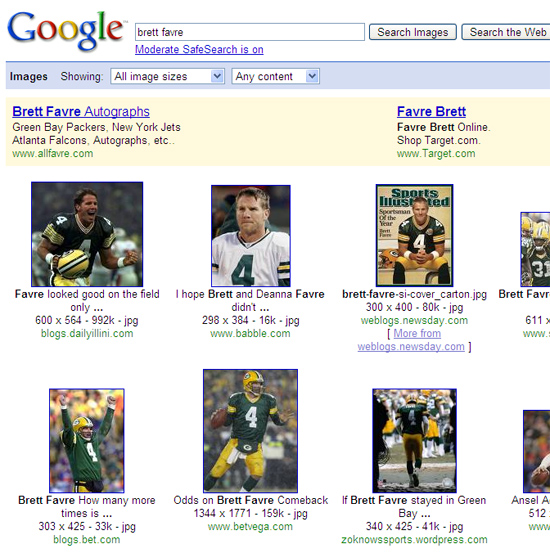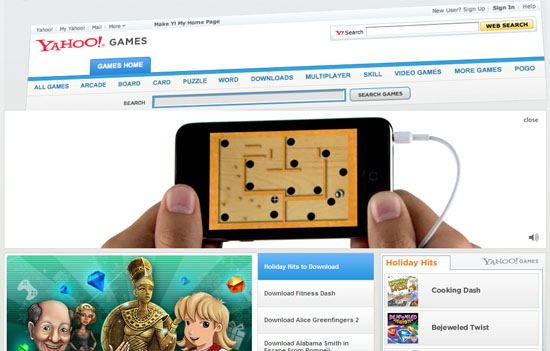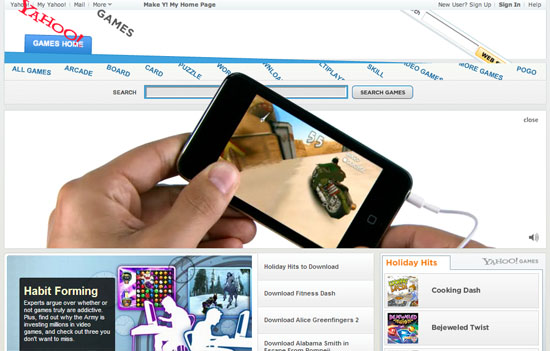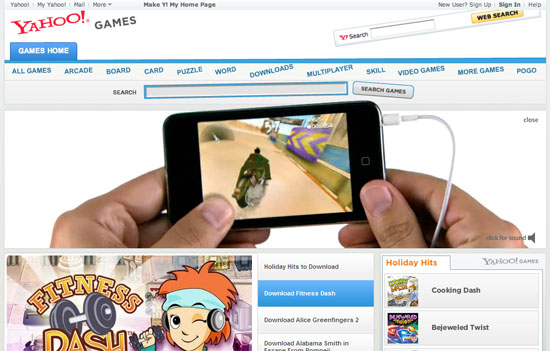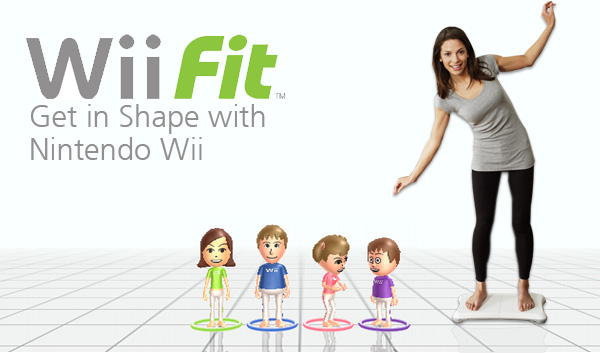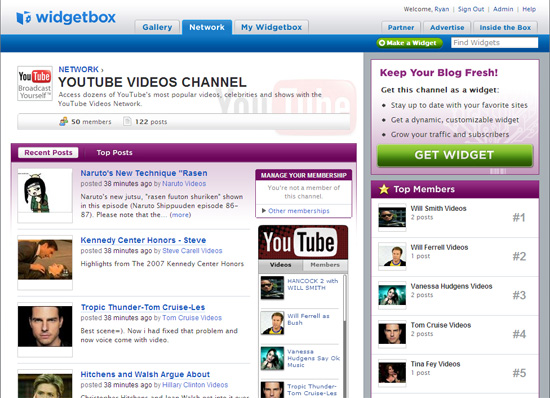beRecruited is prominently featured in today's Wall Street Journal article, "The Do-It-Yourself Scholarship", which graces the cover of the Personal Section. Author Matthew Futterman gives a thorough overview of collegiate sports recruiting and how the internet has made the process more effective and efficient for athletes and college coaches. Specifically, Futterman profiles the landscape of "recruiting marketers" ($1,000-$5,000 per athlete) and how services like beRecruited are reaching greater scale.
Kirsten Bladek had a problem.
Three weeks into her senior season on the Monarch High School volleyball team in Colorado, the 5-feet, 10-inch setter found herself warming the bench. Her dream of an athletic scholarship seemed dead -- especially since her family couldn't afford the $1,000 or so that many parents pay these days to hire a private athletic-recruiting counselor.
But then in September, Ms. Bladek spent $39.99 to post her athletic résumé and pictures of her playing on the Web site beRecruited.com. The shots, combined with videos posted later, highlighted her ability to set the ball from in front of her forehead, with arms thrust out like Superman in flight. That display, combined with some telephone campaigning by Kirsten and her mother, got college coaches to start paying attention.
"I've been getting so many calls from random numbers, half of them I'm scared to pick up," says Kirsten, who recently took an all-expenses-paid visit to New Mexico Highlands University, where she was offered a scholarship.
Ms. Bladek's experience highlights the changing landscape of athletic scholarships. Coaches and recruiters easily notice top-tier talent in big-name sports.



